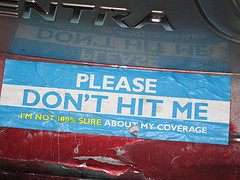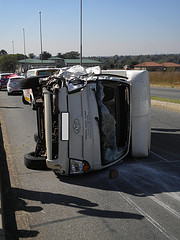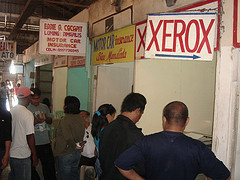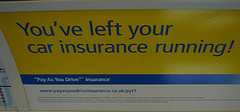Drive less, pay less.It seems to make perfect sense, doesn’t it? If you drive less, you pay less for gasoline and for maintenance items like tires, so why shouldn’t you pay for your auto insurance in the same way? There is a simple, beautiful logic to it.

flic.kr/p/5qo47u
Now TripSense, a usage-based auto insurance discount pilot program, is being offered to 5,000 drivers in Minnesota by the Progressive group of insurance companies, the third largest provider of auto insurance in the U.S. Program participants are eligible to receive a discount of up to 25 percent depending on how much, how fast and when they drive.
“How fast?” Hmmm. How does that work? Well, customers who register a vehicle in the TripSense pilot program plug a data-logging device into a port in their car, Read more . . .


